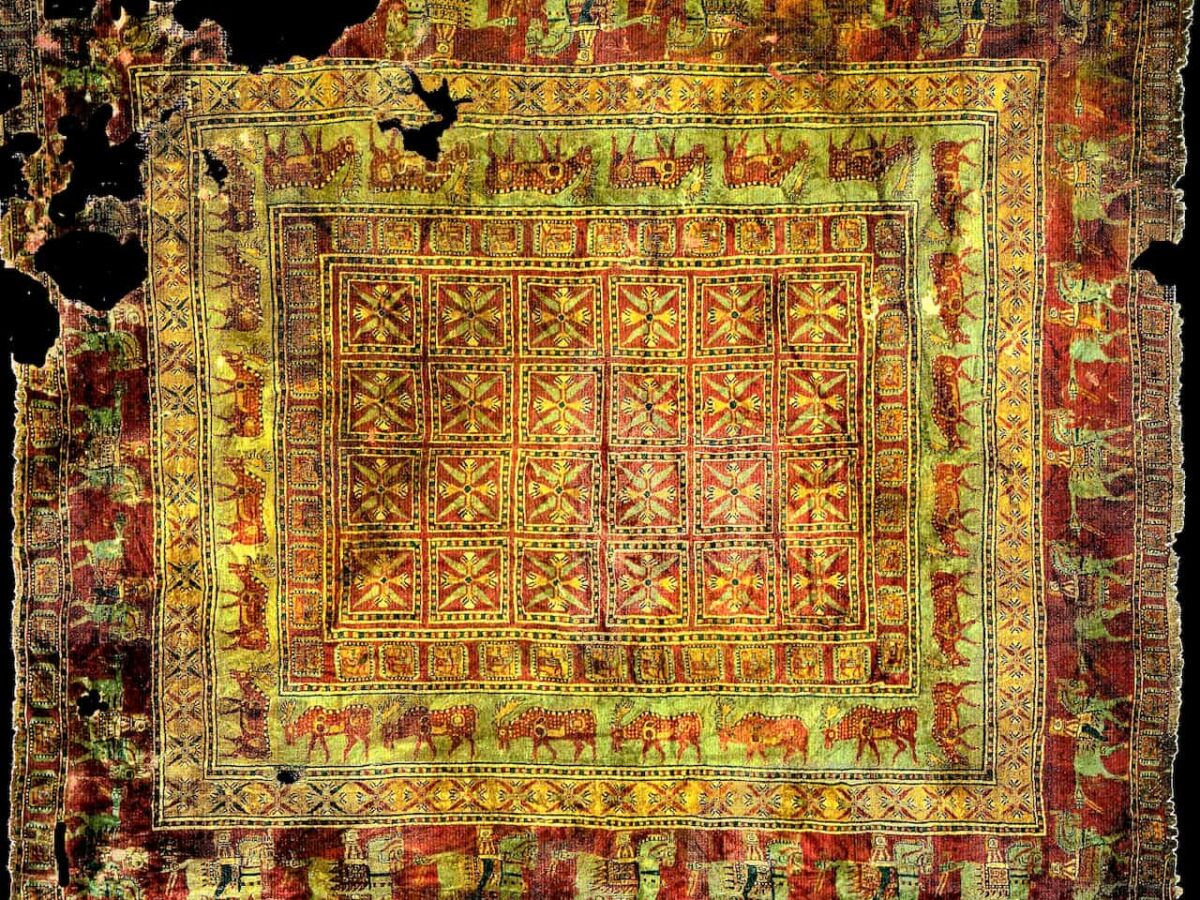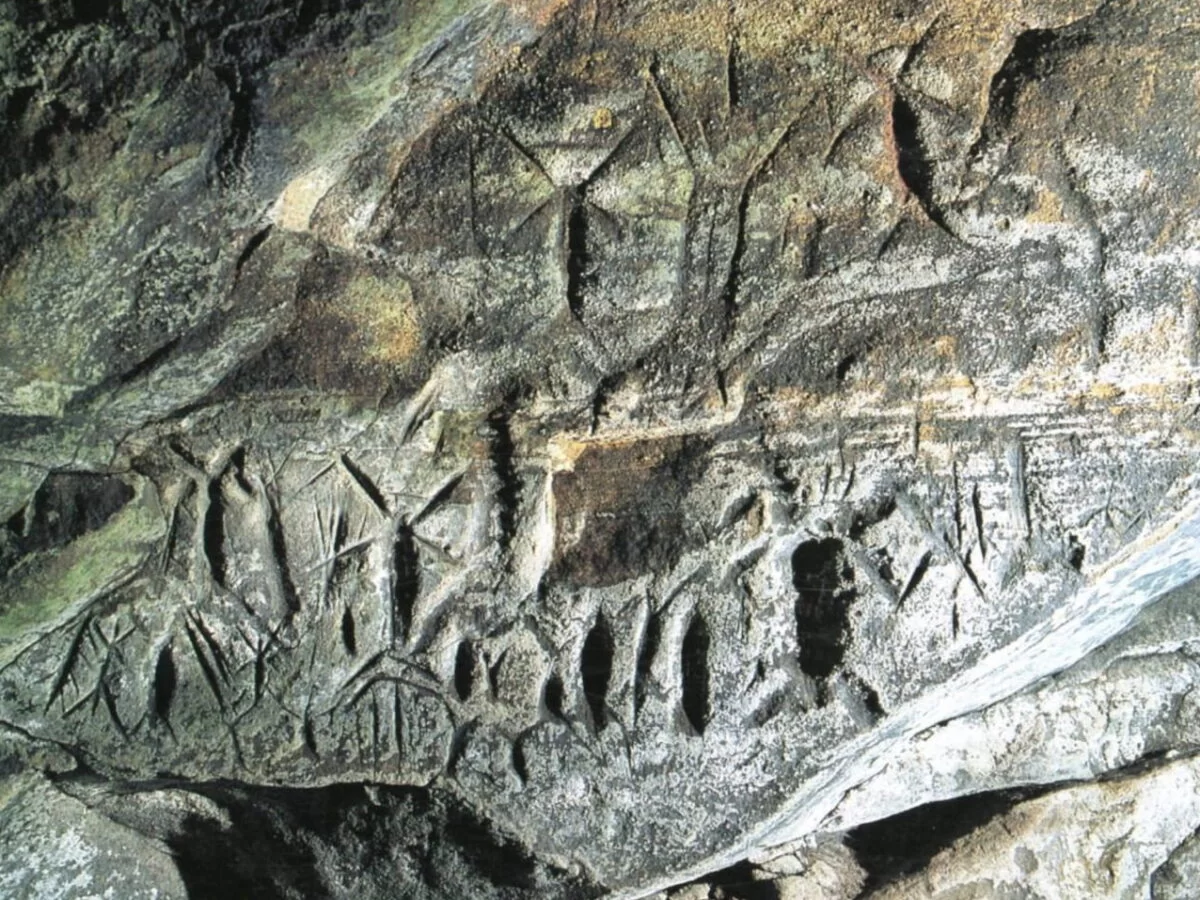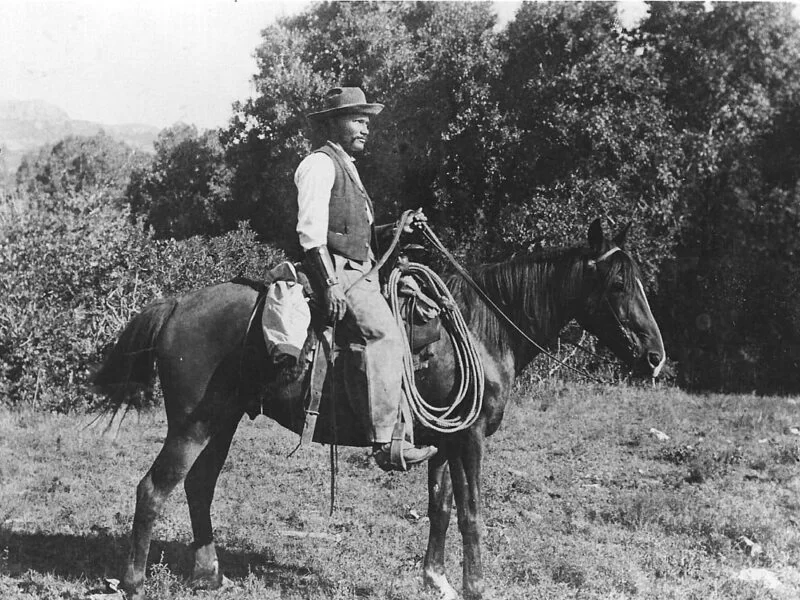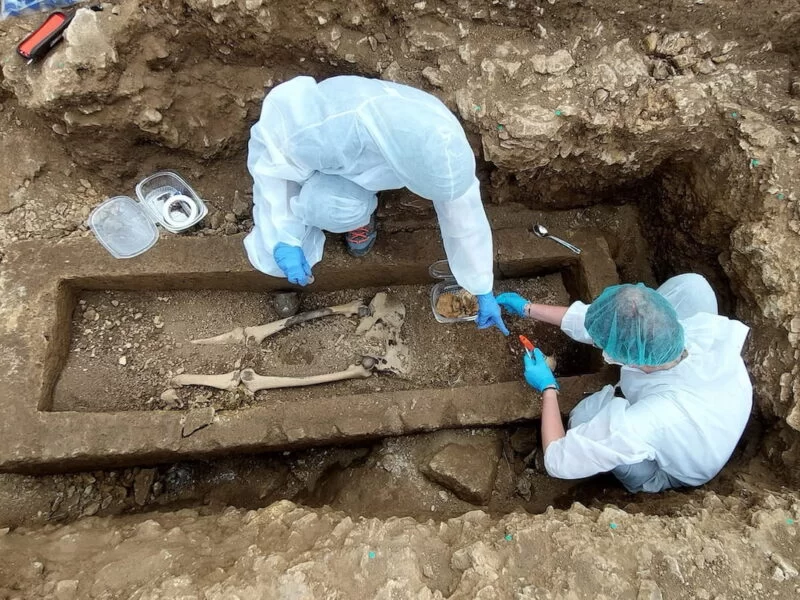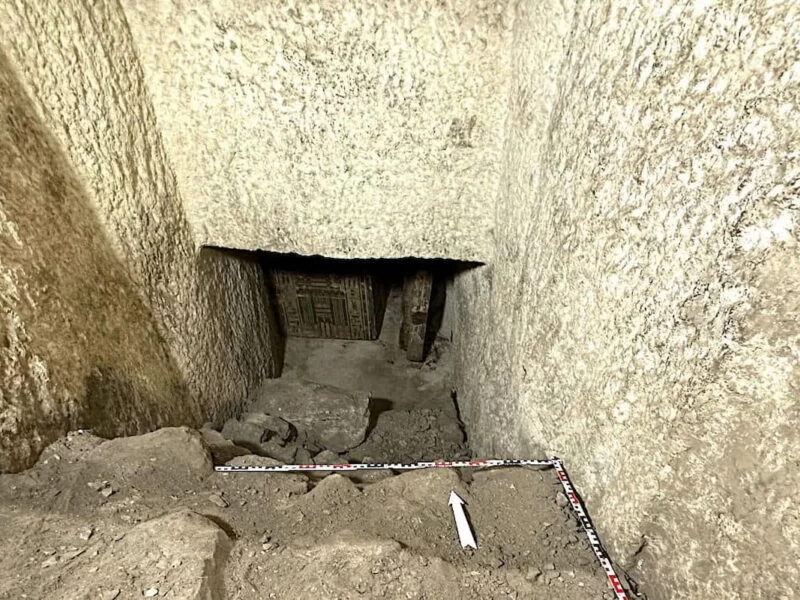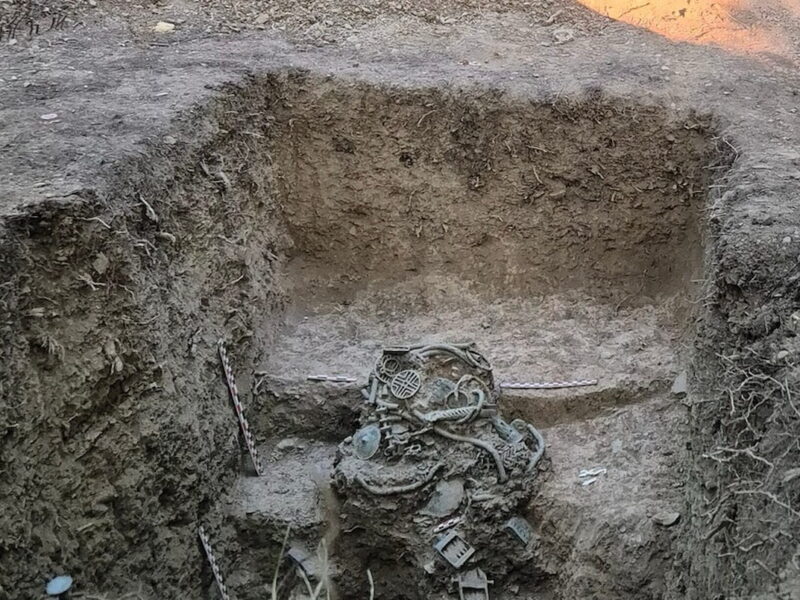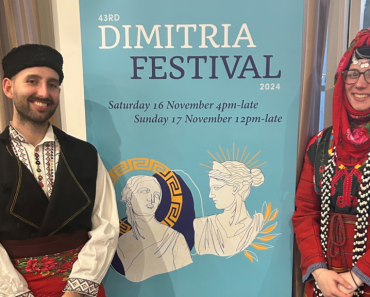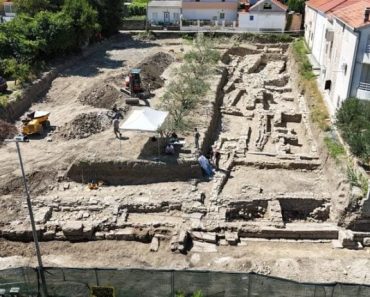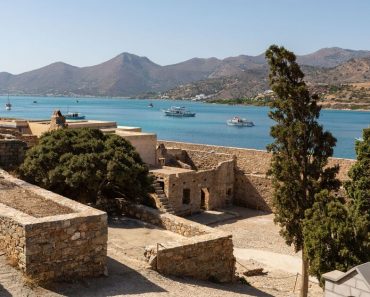The discovery of royal tombs and war chariots in Sinauli, in the state of Uttar Pradesh, India, in 2018 revolutionized archaeological knowledge about the ancient cultures of the region. The find, which includes royal burials accompanied by chariots, weapons, and ritual objects, has recently been dated by researchers to around 4,000 years before the present, which places it around 2000 BCE.
The archaeological site of Sinauli, located in the fertile Ganges River valley, is in the Baghpat district. This site has been subject to archaeological excavations since 2005 and has revealed the existence of a necropolis with more than 100 burials, some of which belonged to high-status individuals, probably warriors or leaders.
Among the most notable finds are three complete war chariots, weapons like swords and daggers, copper helmets, and an impressive variety of copper artifacts, pottery, and organic remains.

The Archaeological Context
Sinauli is located in a region known for its historical significance within the Indian subcontinent. According to studies conducted, the finds from Sinauli belong to the Ochre-Colored Pottery (OCP) Culture, a civilization that flourished in the region where the Ganges and Yamuna rivers converge, between 2000 and 1500 BCE, roughly contemporary with the late phase of the Indus Valley Civilization.
This culture is notable for its copper tools and distinctive pottery, reflecting a high degree of technological and artisanal sophistication.
The discovery of war chariots in Sinauli is especially significant, as it places this culture on par with other contemporary civilizations, such as those of Mesopotamia and Greece, where the use of chariots was already documented.

The chariots found at Sinauli are decorated with geometric motifs in copper, including triangles arranged on the spokes of the wheels, suggesting that these vehicles were not only functional but also symbols of status and power.
Characteristics of the Tombs
Different types of burials were found at the site, including primary, secondary, and symbolic burials. Primary burials contain complete bodies in an extended position, while secondary ones include skeletal remains that had been exposed to the elements.
The symbolic burials, on the other hand, do not contain human remains but do include animal remains, such as dogs and birds, indicative of the importance of these animals in funerary ceremonies or in the daily life of the ancient inhabitants.
One of the most remarkable discoveries is a royal burial that contained a wooden coffin decorated with copper anthropomorphic figures, all of them wearing double-horned helmets and sacred fig leaves (Ficus religiosa), a plant of great symbolic significance in the religion and culture of the Indian subcontinent.

In this same burial, two complete chariots were found, along with a helmet, two copper decorative staffs, an ornamented whip, gold and steatite beads, and various pieces of pottery. All of this suggests that the person buried in this tomb was someone of high rank, possibly a leader or military chief.
Technology and Funerary Rituals
Isotopic analysis of the organic materials recovered at the site has allowed scientists to obtain precise dates for the burials, establishing that these occurred approximately 4,000 years ago.
Radiocarbon dating of the wooden remains from the coffins and chariots, as well as the organic remains found in the funerary vessels, corroborates this dating, placing the Sinauli culture within a transition period between the Copper Age and the Bronze Age in the region.
Funerary rituals included placing ceremonial objects such as vessels, weapons, and beads alongside the bodies, and textile impressions were also found on some coffins, as the bodies were wrapped or covered with cloth before burial, a common practice in many ancient cultures.

In addition to the chariots and weapons, archaeologists also recovered food remnants in the funerary vessels, revealing that food offerings were an integral part of the funerary ceremonies. Among the remains found were charred rice and legume seeds, probably part of the diet of the ancient inhabitants of the region.
Cultural Significance and Comparison with Other Civilizations
The discovery of war chariots in Sinauli is of great importance, as it places this culture in a global context of civilizations that used chariots as part of their military technology. Until now, no evidence of war chariots dating from such an early period had been found in India. This discovery suggests that the inhabitants of Sinauli were well-organized militarily and used advanced technology for their time.
This find also offers a new perspective on the connection between the Ochre-Colored Pottery culture and other contemporary cultures, such as the Indus Valley Civilization and the civilizations of Mesopotamia and Egypt.
The presence of war chariots, copper weapons, and sophisticated funerary rituals at Sinauli indicates that the Ochre-Colored Pottery culture was more advanced than previously thought, likely had trade and cultural connections with other civilizations in Asia and the Mediterranean, and played a much more significant role in the ancient history of India than previously believed.
SOURCES
Sharma S, Pokharia AK, Gahlaud SKS, et al. Royal burials and chariots from Sinauli (Uttar Pradesh, India): Radiocarbon dating and isotopic analysis based inferences. Radiocarbon. Published online 2024:1-9. doi:10.1017/RDC.2024.89
Discover more from LBV Magazine English Edition
Subscribe to get the latest posts sent to your email.



